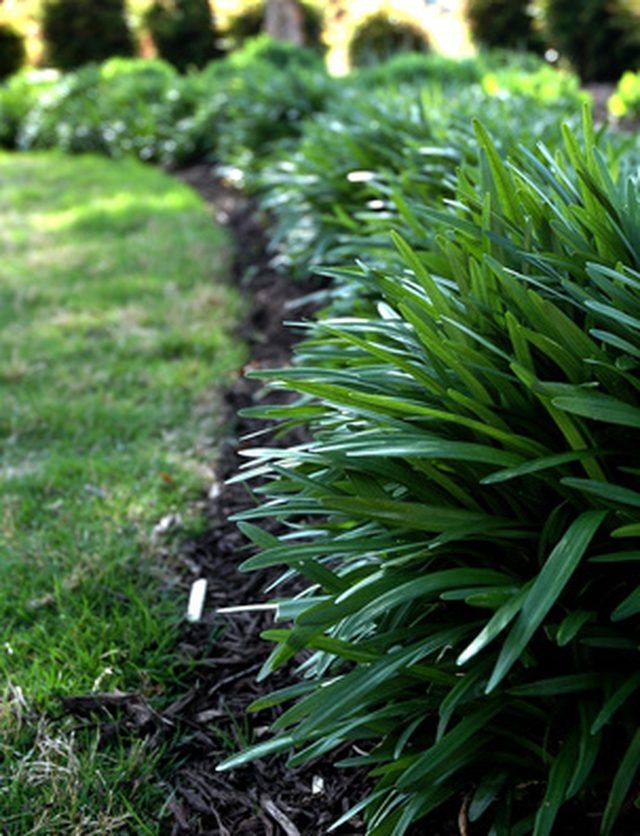Bulbs
Flower Basics
Flower Beds & Specialty Gardens
Flower Garden
Garden Furniture
Garden Gnomes
Garden Seeds
Garden Sheds
Garden Statues
Garden Tools & Supplies
Gardening Basics
Green & Organic
Groundcovers & Vines
Growing Annuals
Growing Basil
Growing Beans
Growing Berries
Growing Blueberries
Growing Cactus
Growing Corn
Growing Cotton
Growing Edibles
Growing Flowers
Growing Garlic
Growing Grapes
Growing Grass
Growing Herbs
Growing Jasmine
Growing Mint
Growing Mushrooms
Orchids
Growing Peanuts
Growing Perennials
Growing Plants
Growing Rosemary
Growing Roses
Growing Strawberries
Growing Sunflowers
Growing Thyme
Growing Tomatoes
Growing Tulips
Growing Vegetables
Herb Basics
Herb Garden
Indoor Growing
Landscaping Basics
Landscaping Patios
Landscaping Plants
Landscaping Shrubs
Landscaping Trees
Landscaping Walks & Pathways
Lawn Basics
Lawn Maintenance
Lawn Mowers
Lawn Ornaments
Lawn Planting
Lawn Tools
Outdoor Growing
Overall Landscape Planning
Pests, Weeds & Problems
Plant Basics
Rock Garden
Rose Garden
Shrubs
Soil
Specialty Gardens
Trees
Vegetable Garden
Yard Maintenance
Voles Versus Mole Tunnels
Voles Versus Mole Tunnels. You work hard and take pride in maintaining a beautiful lawn, flowers, shrubs and trees, so it's annoying when your plants start dying and unsightly bulges appear in your grass. You could have a mole, but it's possible that you also have a vole causing damage. Determine the culprit by following certain clues.

You work hard and take pride in maintaining a beautiful lawn, flowers, shrubs and trees, so it's annoying when your plants start dying and unsightly bulges appear in your grass. You could have a mole, but it's possible that you also have a vole causing damage. Determine the culprit by following certain clues.
Tunneling Moles
Ridges on the surface of your lawn or in your gardens are an indication that you have a mole. Another sign that a mole is around are volcano-shaped mounds discovered at the end of a tunnel. The pile of dirt contains coarse and clumped soil cleaned out from tunneling deeper into the ground. Moles tunnel further into the ground to create nesting spots and to get away from extreme cold or hot weather.
Traveling Voles
Voles aren't as industrious as moles. They use the abandoned tunnels left by the moles to gain access to plant roots and stems. Evidence of vole activity is a narrow worn pathway through the grass to flower beds or tree saplings. Another indication of voles is exit holes with an opening of about 1.5 inches in diameter.
Not So Bad Moles
Moles make tunnels to hunt down food. Once a mole digs a tunnel he rarely reuses it,and that's why you are left with a multitude of ridges throughout your yard. The small animals unintentionally damage your grass and plants by undermining the root systems. However, the harmless mole does control insect populations and aerates the ground.
Bad Voles
Voles are destructive because they kill plants, shrubs and young trees. They gnaw on bark and woody plant stems at the soil level. Voles can do the most damage in the winter when they travel underground and are capable of severing the roots from plants. An accumulation of snow on the ground can assist the vole in reaching bark that is higher on a tree.
Identifying Moles
Moles are shy animals that live in underground burrows. They have long tapered snouts, no external ears and tiny almost nonexistent eyes. Their large paddlelike front feet have sharp claws that allow them to dig 15 feet in one hour. Moles range in color from gray to black and measure 5 to 8 inches long. A mole diet consists of insects such as earthworms, white grubs, ants, beetles, spiders and snail larvae. Moles exert a lot of energy by digging so they eat 70 to 80 percent of their body weight every day.
Identifying Voles
Voles are rodents that resemble a large mouse. They have elongated snouts, small ears and short tails. A vole is covered in gray or brown fur. Voles are found all over the United States and the most common is the meadow vole, which is 4 to 6 inches in length. These creatures remain active day or night and don't hibernate in the winter. Voles live in shallow burrows in grassy or weedy areas. Voles like to nibble on flower bulbs, tree and shrub bark, plant roots, nuts and fallen fruit.